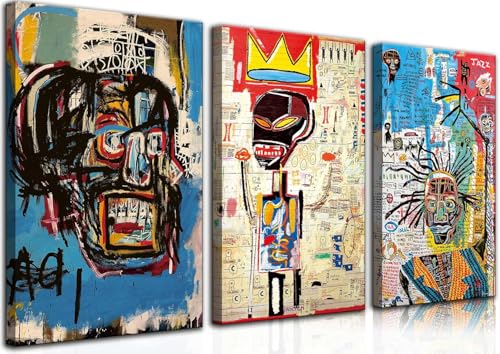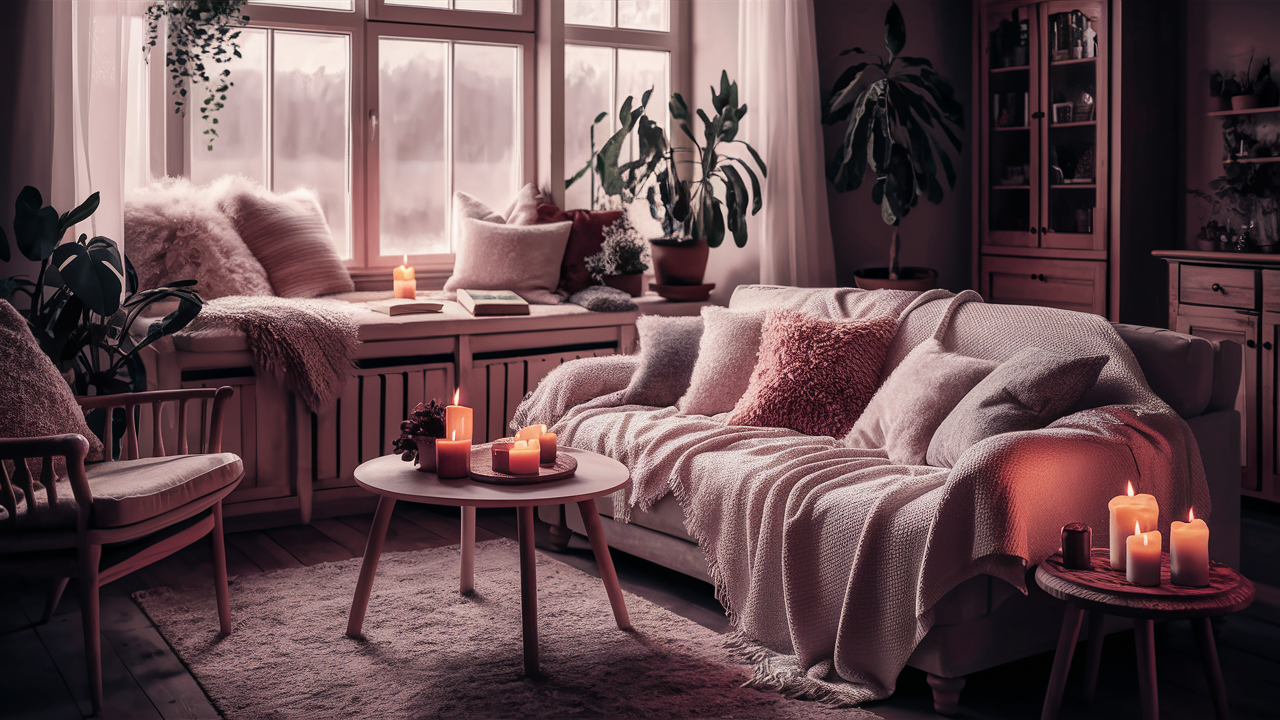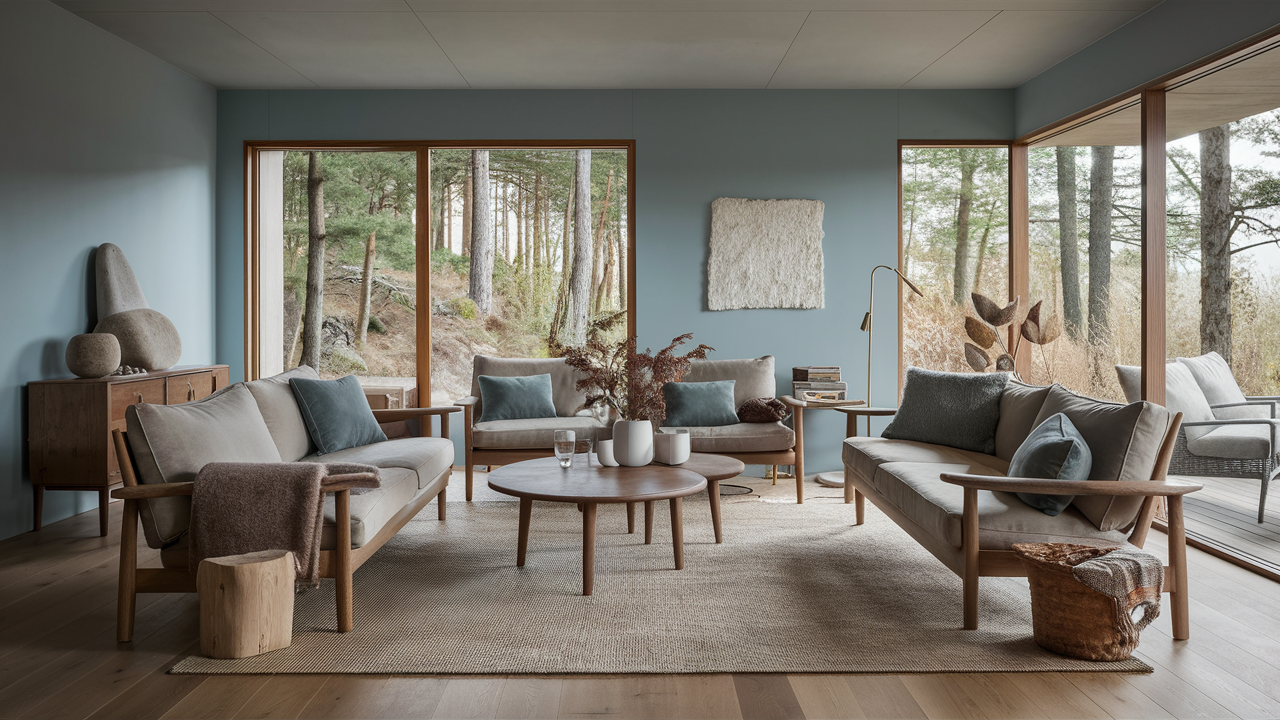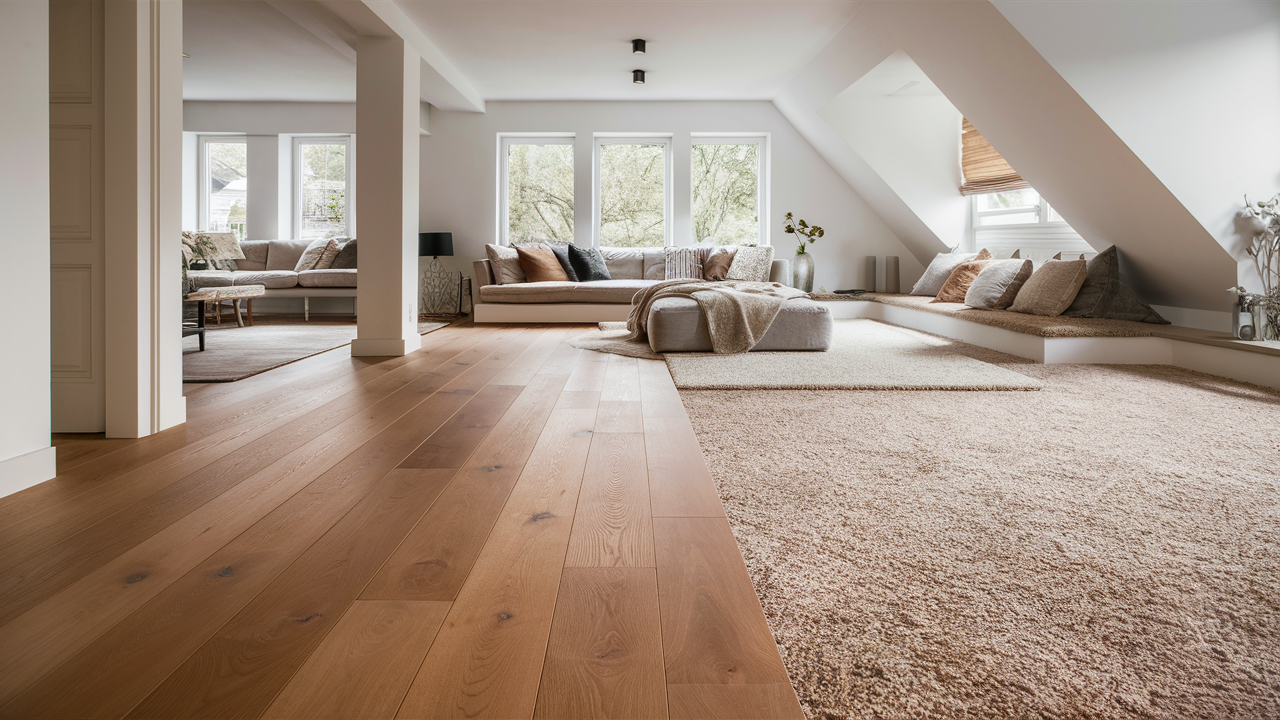Introduction
Scandinavian design is celebrated for its simplicity, functionality, and elegant use of natural elements, making it a timeless approach to modern living. By focusing on key aspects of Scandinavian minimalism, like clean lines and neutral color palettes, this design style creates an inviting and calming atmosphere. The emphasis on sustainability and quality craftsmanship, often associated with Scandinavian designers, ensures that each element in the home serves a purpose without adding clutter. Incorporating natural materials, such as wood and wool, brings warmth to the minimalist aesthetic, allowing for a harmonious blend of style and comfort.
In Scandinavian interior design, the minimalist fashion extends beyond appearance—it’s a lifestyle choice that emphasizes comfort and coziness. Many people associate minimalism with strictness, but Scandinavian minimalism shows that simplicity can be both practical and inviting. The use of natural light, soft tones, and carefully selected furniture pieces reflects a deep connection to nature and the long winters typical of Nordic countries like Finland and Denmark. By embracing these principles, one can create a serene and functional space that promotes relaxation and balance.
Key Takeaways
- Scandinavian design emphasizes simplicity and functionality, using natural elements like wood and wool to create warm, inviting spaces.
- Neutral and soft hues, such as whites and grays, are critical in Scandinavian interiors, reflecting light to maintain an open, airy feel while promoting tranquility.
- Incorporating natural light through large windows is essential, especially in Nordic countries where long winters limit daylight.
- Soft, diffused artificial lighting plays a vital role, creating a cozy atmosphere and enhancing comfort in the absence of natural light.
- Scandinavian minimalism focuses on decluttering and using high-quality, functional furniture, ensuring a calm, organized environment.
- Hygge is a core concept in Scandinavian design, blending coziness with simplicity through soft textiles, warm lighting, and comfortable furnishings.
Color Palettes in Scandinavian Design

Scandinavian design is renowned for its calming and balanced use of color, emphasizing simplicity and elegance. The neutral and soft hues typically associated with this style create a serene atmosphere, which perfectly complements its minimalist approach. By focusing on light, natural tones, Scandinavian interiors remain warm and inviting, despite the often stark simplicity.
Color Palettes in Scandinavian Minimalism: Modern Minimalist Home Interior Designs
1. Importance of Neutral Color Choices
Neutral and soft hues are the cornerstone of Scandinavian minimalist interiors. Soft whites, gentle grays, and muted tones are frequently used to create a serene and balanced atmosphere. These colors work with natural light to open up spaces and promote a calm, clutter-free environment, essential for modern minimalist homes.
2. Drawing Inspiration from Nordic Landscapes
Scandinavian design often draws color inspiration from the natural beauty of Nordic countries like Norway and Denmark. Muted blues, earthy browns, and soft greens are popular choices that reflect the tranquil outdoor environments and bring elements of nature indoors, further enhancing the minimalist aesthetic.
3. Harmonizing Light and Space
Color choices in Scandinavian minimalism are not just about aesthetics but also about optimizing natural light. By using light-reflective colors like whites and pale grays, interiors feel more spacious and open, even during the dark Nordic winters. This strategy enhances the overall functionality of the space by making it appear larger and more inviting.
4. Creating Warmth with Natural Tones
While Scandinavian design focuses on simplicity, adding warmth is crucial to prevent a sterile look. The integration of natural materials like wood in combination with warm tones such as beige and light browns ensures a cozy and inviting space that balances the minimalist approach with comfort.
5. Accent Colors for Personalization
Though neutral tones dominate, subtle accent colors can be incorporated to add personal flair without disrupting the minimalist style. Soft pastels or natural greens, introduced through decor pieces or furniture, provide visual interest while maintaining the core principles of simplicity and functionality.
6. Layering Textures to Enhance the Palette
In Scandinavian minimalist designs, layering textures is essential to add depth and warmth to the space. Light-colored rugs, woven throws, and soft textiles in neutral tones can create a harmonious balance, adding comfort without overwhelming the minimalist aesthetic.
Neutral and Soft Hues
Neutral and soft hues play a critical role in establishing the soothing vibe of Scandinavian design. Soft whites, gentle grays, and muted pastels dominate this aesthetic, reflecting natural light to give the space an open, airy feel. These colors are often inspired by the landscapes of Nordic countries like Norway, Denmark, and Sweden, bringing the tranquility of the natural world indoors. This color palette aligns with the Scandinavian philosophy of simplicity and functionality, where each element has a purpose without overwhelming the senses.
Creating Serenity through Color
Incorporating neutral tones in home decor is an effective way to create a serene and inviting environment. By using these soft hues, Scandinavian design minimizes visual clutter and emphasizes clean lines, promoting a sense of calm. For example, a living space with pale gray walls, complemented by natural materials like wood, creates a harmonious balance between simplicity and warmth. Layering textures and adding subtle accents—like a light-colored rug or soft furnishings—enhances comfort while maintaining the minimalist aesthetic.
Lighting in Modern Minimalist Homes

Lighting plays a vital role in modern minimalist homes, where simplicity and functionality are key principles. In Scandinavian minimalism, light is not just about illumination but also about enhancing the atmosphere and space. By focusing on both natural and artificial light, these interiors feel open, warm, and inviting, even during long, dark winters.
Case Study: Optimizing Lighting in a Modern Minimalist Home
In a recent renovation project in Denmark, a couple sought to enhance their home using Scandinavian minimalist design principles, with a particular focus on lighting. The home’s original layout featured small, dimly lit spaces that felt cramped and uninviting, especially during the long Nordic winters. The renovation plan focused on maximizing natural light and incorporating layered artificial lighting to create a warm, inviting atmosphere.
The first step was to install large, unadorned windows throughout the home to let in as much natural light as possible. Sheer curtains were used sparingly to maintain privacy while still allowing the sunlight to flood the rooms. In addition, soft, diffused lighting, including wall sconces and LED bulbs that mimicked daylight, was installed to ensure a cozy ambiance during darker months. This strategic lighting setup transformed the once dim space into a bright, airy home that perfectly embodies Scandinavian minimalist ideals of simplicity and comfort.
Emphasis on Natural Light
In Scandinavian minimalist homes, the emphasis on natural light is crucial, especially given the dark Nordic winters. Large, unadorned windows allow sunlight to flood the space, creating a bright, airy ambiance that feels refreshing and uplifting. The design philosophy encourages the use of sheer curtains, if any, to maximize the light flow, making every piece of furniture and decor in the room stand out against a clean, well-lit backdrop.
The Use of Soft, Diffused Illumination
When natural light is scarce, soft and diffused artificial lighting comes into play. Scandinavian minimalism often incorporates multiple light sources, such as floor lamps, wall sconces, and candles, to create a warm, cozy atmosphere. The lighting design focuses on comfort, with LED bulbs mimicking natural daylight to maintain the soft, serene feel even in the evening. Layered lighting not only serves functional purposes but also adds a timeless elegance to the minimalist interior.
Creating a Tranquil Atmosphere

Creating a tranquil atmosphere in your home starts with an intentional design that prioritizes calm and relaxation. Scandinavian minimalist interior design embraces simplicity, where every piece of furniture and decor is chosen for its function and beauty. By focusing on open spaces and comfort, you can turn your home into a peaceful retreat that reflects balance and serenity.
Importance of Space and Breathing Room
In Scandinavian design, space is not just a backdrop but an essential element. Open layouts and the strategic use of negative space help create a sense of ease and tranquility. Minimal furnishings, combined with thoughtful design principles, allow light to flow freely through the room, enhancing the calming aesthetic. This minimalist approach encourages quality over quantity, ensuring every item in the room has purpose without overwhelming the senses.
The Connection to Hygge
The concept of hygge is deeply intertwined with Scandinavian minimalism, enhancing the feeling of warmth and comfort in a space. Hygge is all about creating cozy environments through soft textures and warm lighting, often by incorporating natural materials. Simple design elements such as plush throws, comfy cushions, and softly glowing lamps bring an inviting atmosphere, making your home a welcoming sanctuary. By blending hygge with minimalist design, you achieve a perfect balance between serenity and comfort.
“Have nothing in your house that you do not know to be useful or believe to be beautiful.” – William Morris
Applying Scandinavian Minimalism in Your Home

Applying Scandinavian minimalism in your home is all about creating an environment that blends simplicity, functionality, and beauty. By focusing on clean lines and a minimalist aesthetic, you can transform your space into a peaceful haven. The design philosophy emphasizes the importance of reducing clutter and incorporating natural elements like wood and wool to bring warmth and texture into your home.
Steps to Redesign
Embarking on a journey to embrace Scandinavian minimalism in your home can seem challenging, but breaking it down into manageable steps makes it more attainable. Start by decluttering your space—focus on keeping only the items that hold genuine value or serve a clear purpose. Once you’ve cleared the space, use a neutral color palette of soft whites, grays, and muted tones to evoke a sense of calm. Incorporating natural materials like wood, stone, and wool will add warmth and texture, helping to create a cozy and stylish space.
Tips for Maintaining a Minimalist Aesthetic
Maintaining a minimalist aesthetic requires developing habits that keep your space simple and clutter-free. Regularly decluttering your home is essential—make it a routine to assess what you own and let go of things that no longer serve you. Be mindful when purchasing new items, asking yourself if they truly add value to your space and fit with the Scandinavian focus on functionality. By keeping your home intentional and uncluttered, you can continuously enjoy the serene and stylish atmosphere of Scandinavian minimalism.
Conclusion
Scandinavian minimalism offers a timeless approach to interior design, focusing on simplicity, functionality, and the thoughtful use of natural elements. By emphasizing the key elements of Scandinavian minimalism, such as clean lines and a neutral palette, homeowners can create spaces that are not only aesthetically pleasing but also comfortable and cozy. This design style embraces both form and function, ensuring that every item serves a purpose while contributing to a calm, clutter-free environment.
The principles of Scandinavian minimalism go beyond mere decoration—it’s a lifestyle that prioritizes comfort, sustainability, and quality craftsmanship. Whether incorporating soft lighting, natural materials like wood and wool, or embracing the Nordic lifestyle through the concept of hygge, the minimalist approach promotes a balanced and serene living space. By adopting these design and lifestyle principles, you can create a home that reflects the simplicity, elegance, and warmth associated with Scandinavian design.






